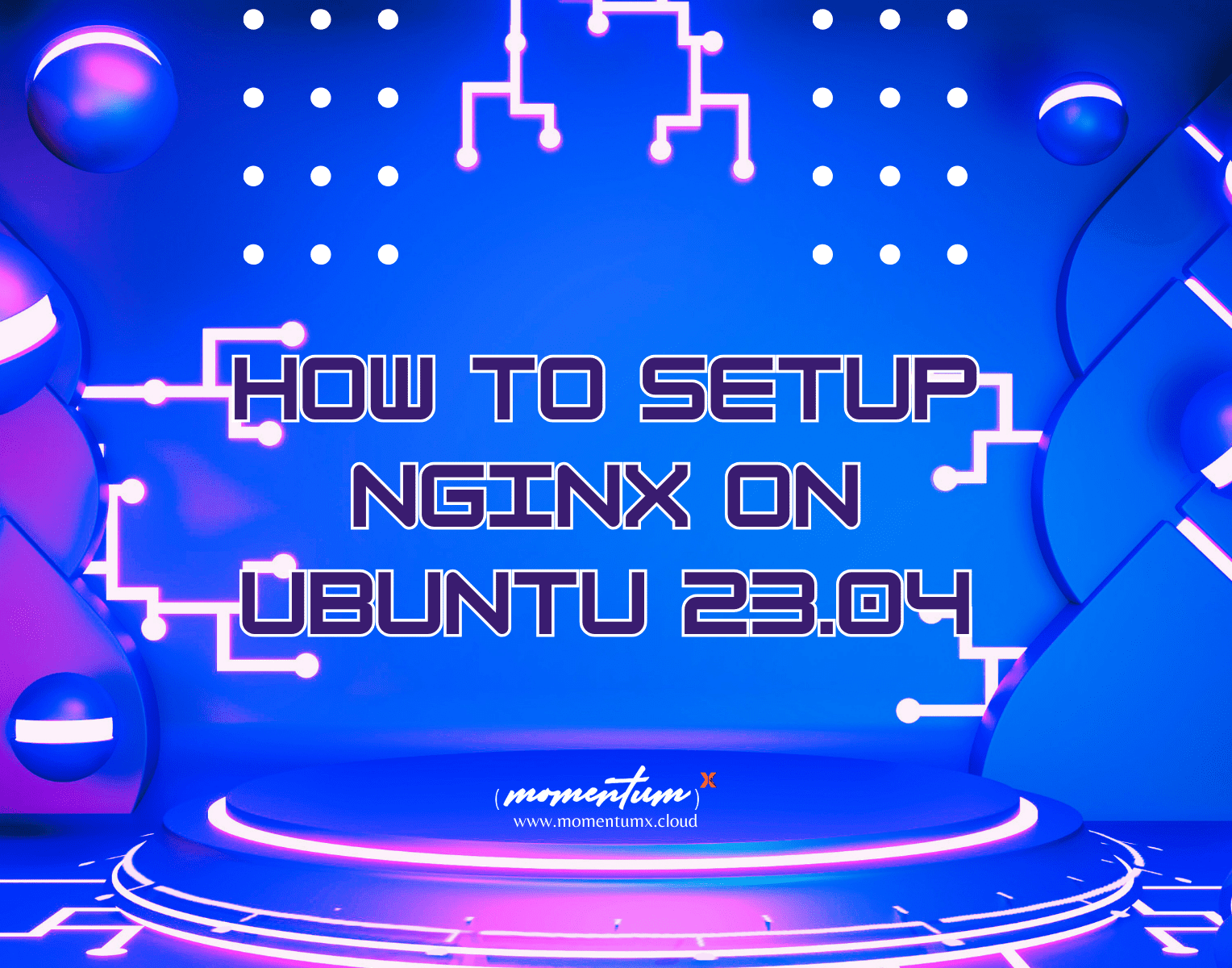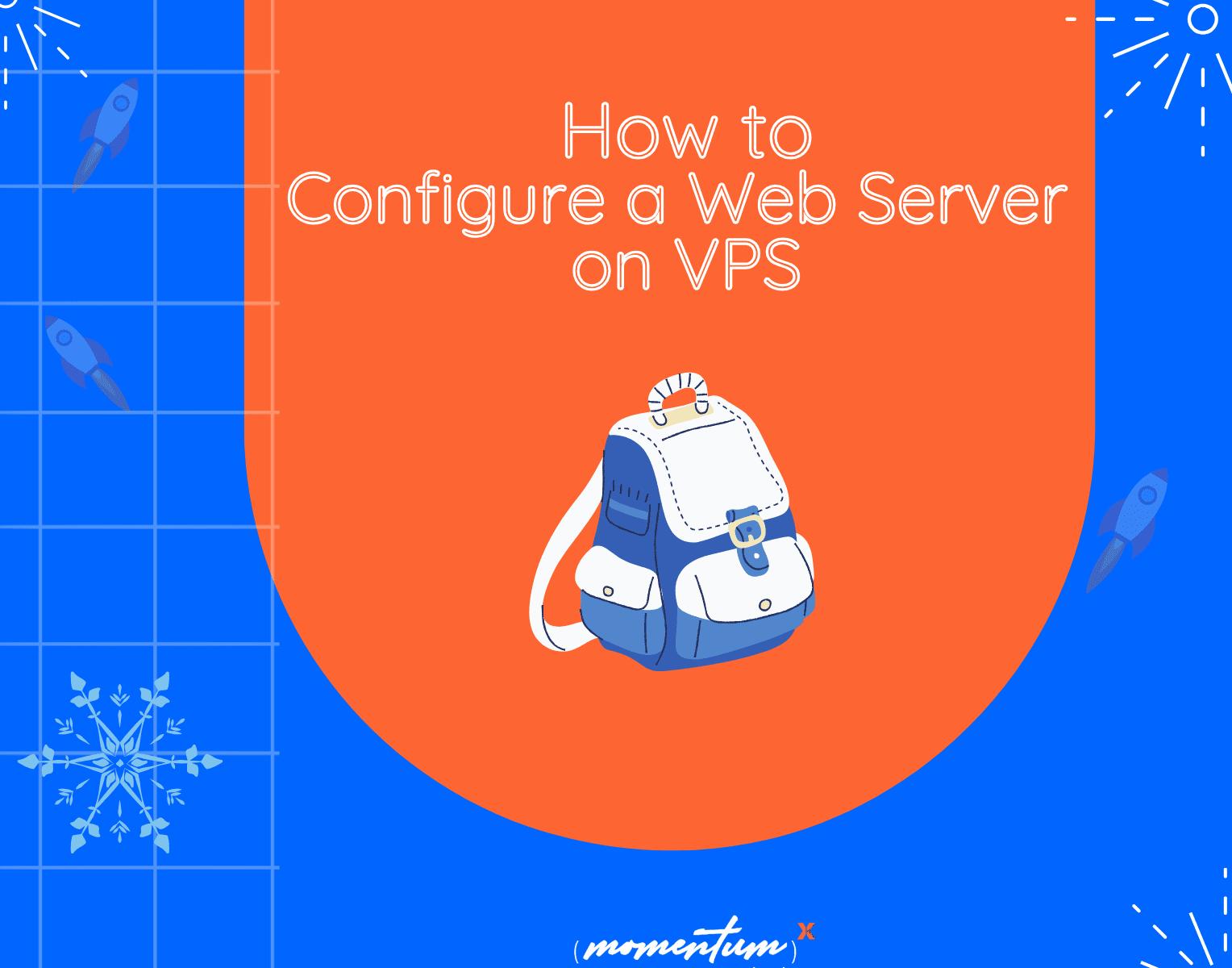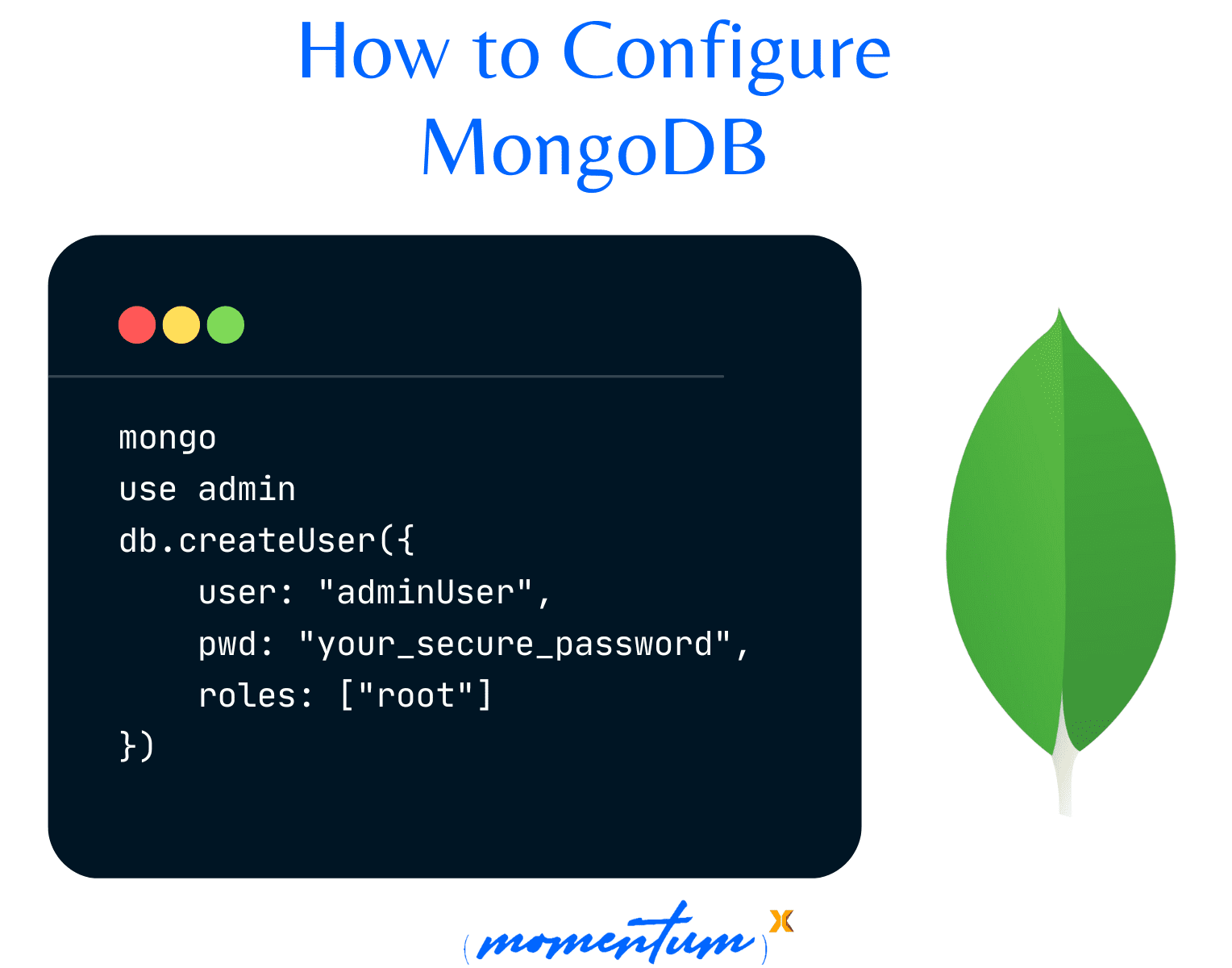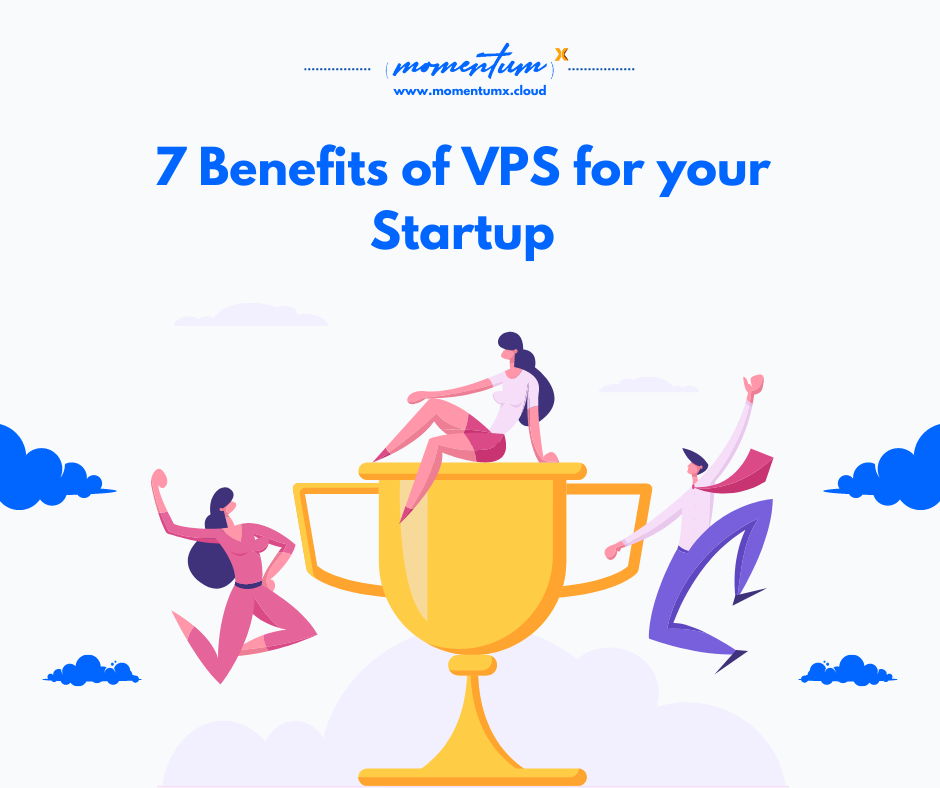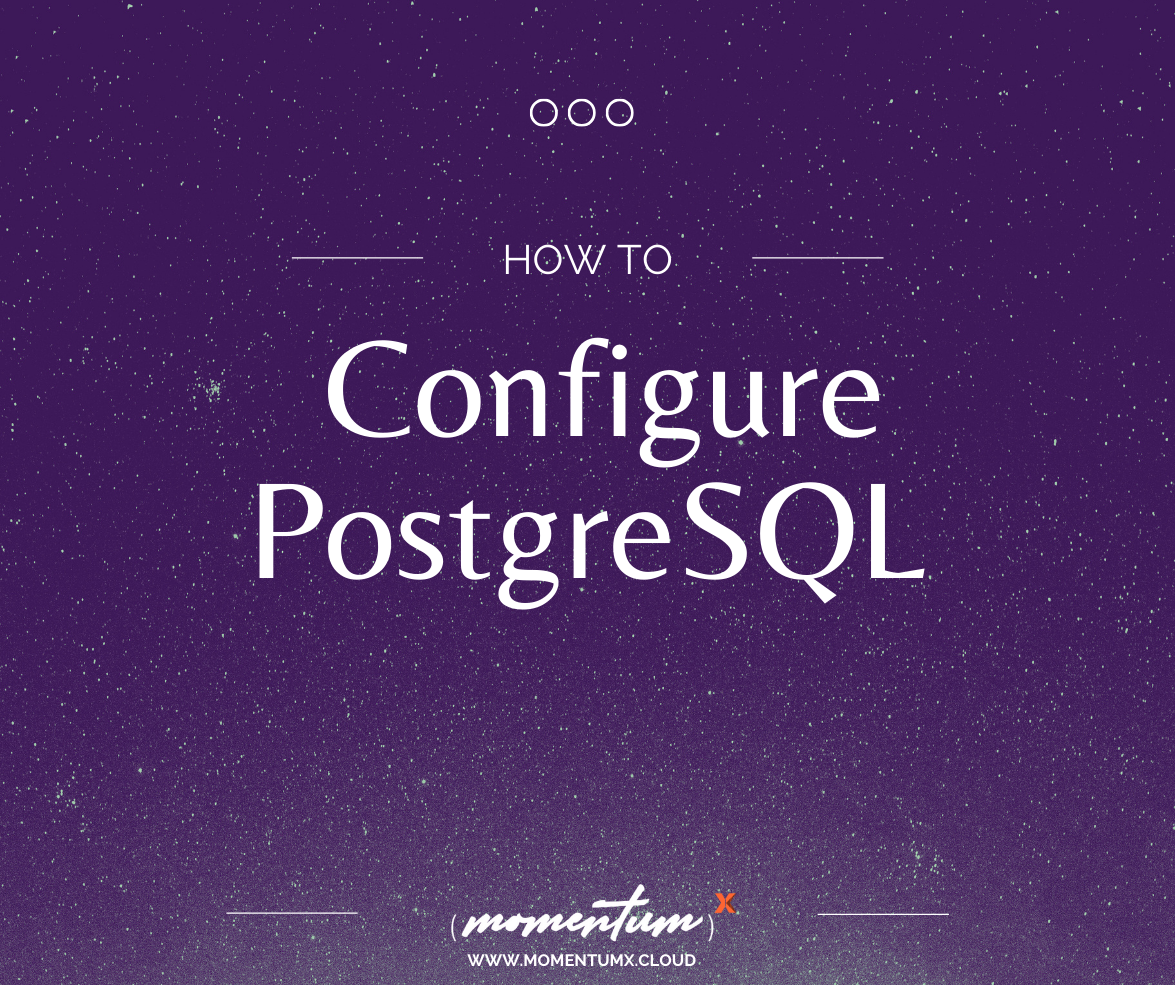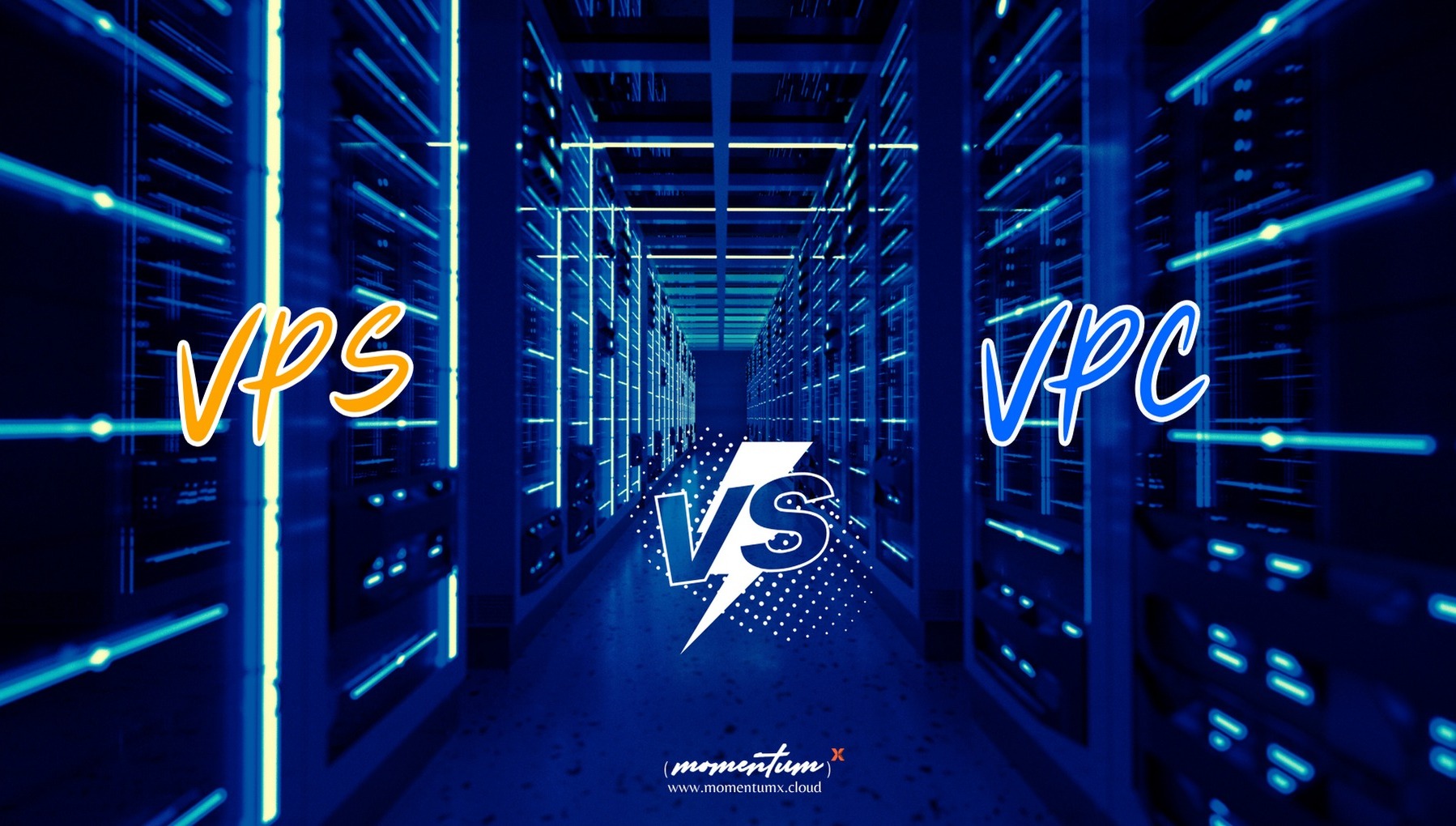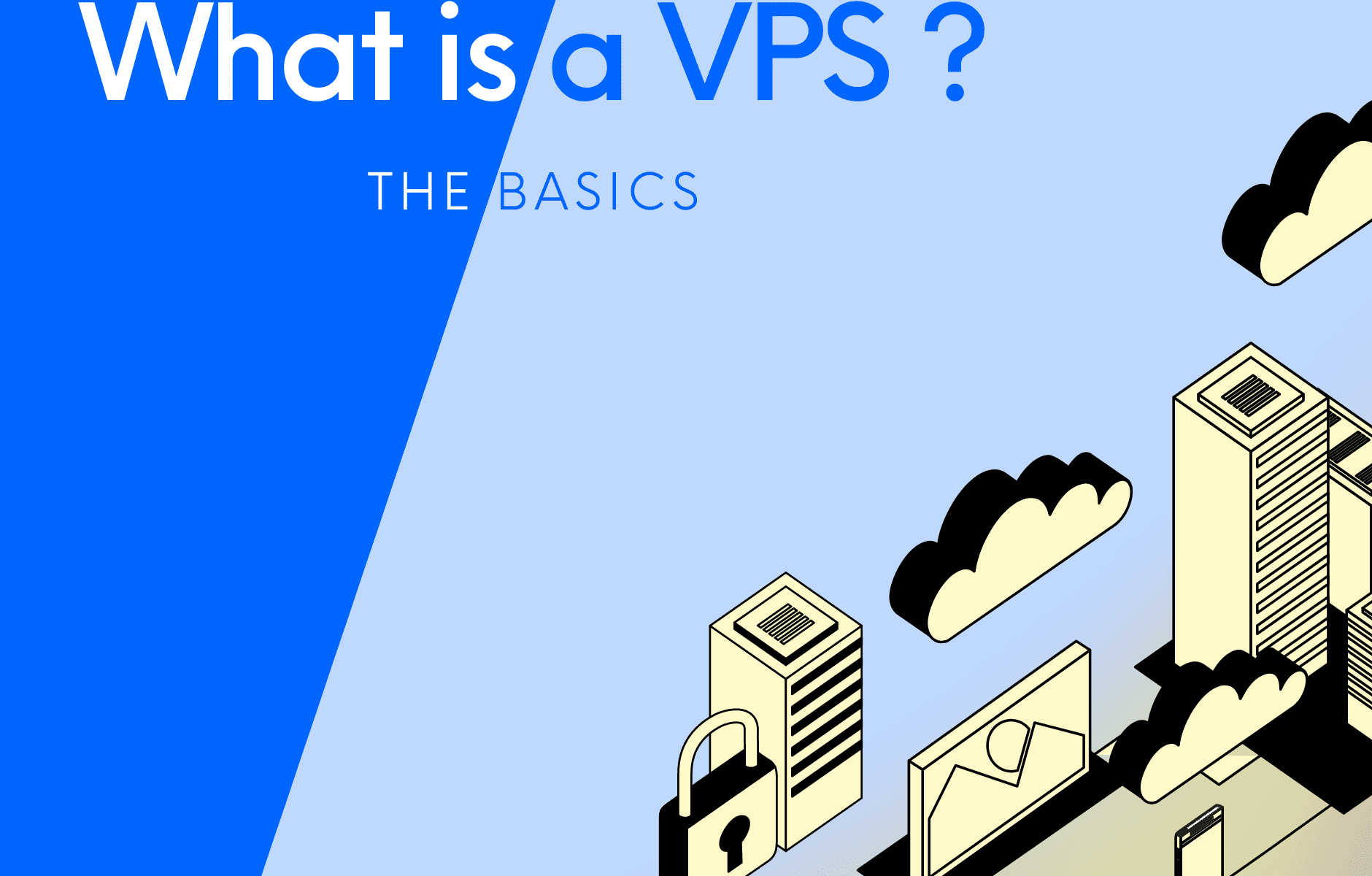Introduction
The concept of gaming in the cloud represents a seismic shift from traditional gaming models, offering unprecedented flexibility, scalability, and immersive experiences. We are at the forefront of this technological marvel, enabling gamers to transcend the boundaries of conventional gaming hardware. In this in-depth exploration, we delve into the world of cloud gaming, unraveling its intricacies, benefits, and the transformative impact it’s having on the gaming industry.
1. The Evolution of Gaming
Gaming has come a long way from its humble beginnings. What once required high-end consoles or powerful gaming PCs can now be accessed through the cloud. Cloud gaming leverages powerful servers hosted remotely, enabling gamers to play the latest titles on devices ranging from smartphones and tablets to smart TVs, without the need for expensive hardware upgrades.
2. Breaking the Hardware Barrier
Traditional gaming setups demanded substantial investments in gaming consoles or PCs, often posing a financial hurdle for enthusiasts. Cloud gaming eliminates this barrier by shifting the processing power to remote servers. Gamers can now experience graphics-intensive games in all their glory, regardless of the device they are using, democratizing gaming access for players worldwide.
3. Seamless Access and Cross-Platform Gaming
Cloud gaming platforms provide seamless access to an extensive library of games. Players can start a game on their computer, pause it, and continue from the same point on their smartphone. Moreover, cloud gaming promotes cross-platform play, allowing gamers on different devices to engage in multiplayer experiences together, fostering a truly connected gaming community.
4. Resource Optimization and Environmental Sustainability
By centralizing the computing resources in data centers, cloud gaming optimizes hardware usage. This resource efficiency not only ensures a smooth gaming experience but also contributes to environmental sustainability. With reduced demand for individual gaming consoles, e-waste is minimized, aligning gaming with eco-conscious practices.
5. Overcoming Latency Challenges
One of the significant challenges in cloud gaming is latency, the delay between a player’s action and its response in the game. Cloud providers, including us, employ advanced technologies, such as edge computing and low-latency networks, to minimize these delays. With the continuous evolution of networking infrastructure, latency concerns are becoming increasingly negligible, ensuring a lag-free gaming experience.
6. Enhanced Gaming Experience with AI Integration
Cloud gaming platforms are integrating artificial intelligence (AI) to enhance user experience. AI algorithms predict player behavior, optimize in-game graphics based on device capabilities, and even create personalized game content, delivering tailored experiences to gamers.
7. Future Prospects: VR, AR, and 5G
The future of cloud gaming holds even more exciting prospects. With the advent of 5G networks, latency will be further reduced, opening the door to seamless VR and AR gaming experiences. Cloud-powered VR and AR technologies will immerse players in interactive virtual worlds, revolutionizing storytelling and gameplay mechanics.
8. Gaming Communities and Social Interaction
Cloud gaming doesn’t just enable playing games; it fosters vibrant gaming communities and social interaction. Players from different corners of the world connect, collaborate, and compete, creating a global network of gaming enthusiasts. Online tournaments, live streaming, and collaborative gameplay experiences are shaping a new era of social gaming, where friendships are forged, and rivalries are born.
9. Empowering Indie Developers and Innovation
Cloud gaming democratizes game development by providing a platform for indie developers to showcase their creations. Smaller studios can reach a global audience without the need for extensive marketing budgets, fostering innovation and diverse game genres. This influx of creativity enriches the gaming landscape, offering players a plethora of unique and engaging experiences.
Conclusion
We are not just witnessing the evolution of gaming; we are actively shaping its future. Cloud gaming transcends the boundaries of hardware limitations, making immersive gaming experiences accessible to all. By leveraging our cutting-edge infrastructure, gamers can explore vast virtual worlds, engage in intense multiplayer battles, and embark on epic quests without the constraints of traditional gaming setups.
At our core, we believe in empowering the gaming community, enabling them to embark on limitless adventures in the cloud. As technology continues to advance, our commitment to delivering unparalleled cloud gaming experiences remains unwavering. Together, let’s redefine the way the world plays, one cloud-powered game at a time. Welcome to the future of gaming, welcome to the cloud.
With this comprehensive exploration of cloud gaming, we’ve barely scratched the surface of its immense potential. The cloud gaming landscape is dynamic and ever-changing, with new technologies and innovations continually enhancing the gaming experience. As a cloud provider committed to delivering cutting-edge solutions, we are excited to be a part of this journey, propelling the gaming industry into a future where creativity knows no bounds and players can truly game without limits.
Through cloud gaming, the world of interactive entertainment has become boundless, allowing gamers to explore, connect, and compete in ways previously unimaginable. As we continue to evolve and adapt to the demands of this digital age, cloud gaming will remain at the forefront, empowering players and developers alike to redefine the very essence of gaming. Embrace the future, embrace the cloud, and let the games begin.




